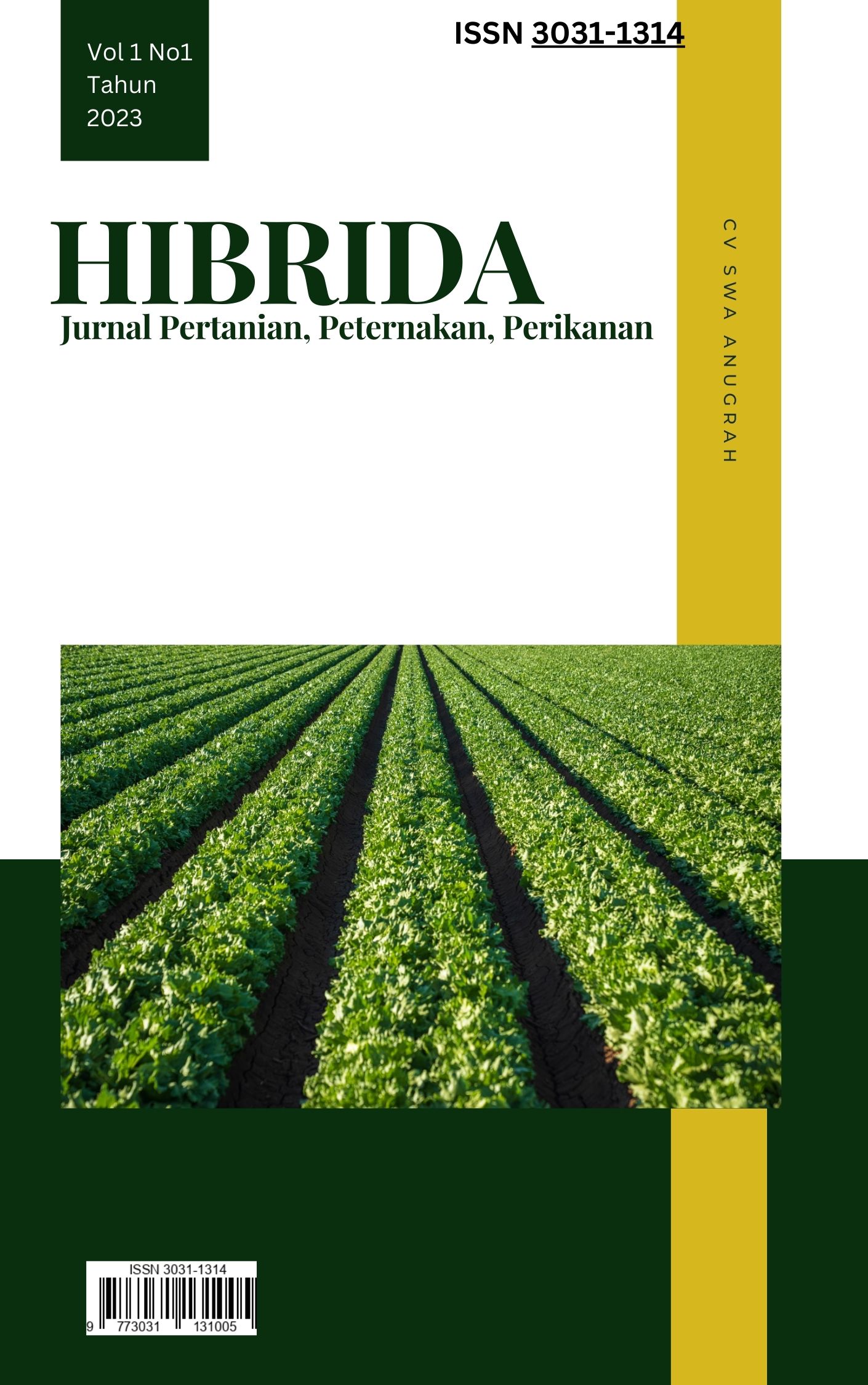PEMANFAATAN INTERNET OF THINGS (IOT) UNTUK DETEKSI DINI RISIKO DALAM KEAMANAN PANGAN PADA PRODUK PERTANIAN: TINJAUAN LITERATUR SISTEMATIS
Main Article Content
Abstract
Dalam sektor pertanian penggunaan pestisida masih sering digunakan oleh petani karena dapat meningkatkan hasil pertanian. Namun jika penggunaan pestisida tidak sesuai dengan standar keamanan tertentu seperti Maximum Residue Levels (MRLs) dapat menyebabkan tingginya residu pada produk pertanian sehingga beresiko pada kesehatan manusia. Sehingga Internet Of Things (IoT) memegang peran penting dalam mendeteksi kontaminasi residu pestisida dalam produk pertanian segar. Berbagai kombinasi sensor seperti pH, suhu, kelembapan, gas volatil, serta sensor spektral dan kamera visual telah digunakan untuk memperoleh hasil klasifikasi yang lebih akurat. Sistem ini dapat digunakan untuk deteksi awal di lapangan maupun untuk mendukung sistem ketertelusuran produk dalam rantai distribusi pangan. Meskipun IoT menunjukan efektivitas yang tinggi namun terdapat beberapa tantangan dalam pengimplementasian seperti keterbatasan infrastruktur dan akses digital. Penelitian ini memakai pendekatan kualitatif deskriptif melalui metode Systematic Literature Review (SLR) dalam mengumpulkan, mengevaluasi dan mensintesis literatur ilmiah secara sistematis dan terstruktur
In the agricultural sector, the use of pesticides is still often used by farmers because it can increase agricultural yields. However, if the use of pesticides does not comply with certain safety standards such as Maximum Residue Levels (MRLs), it can cause high residues in agricultural products, which poses a risk to human health. So the Internet of Things (IoT) plays an important role in detecting pesticide residue contamination in fresh agricultural products. Various combinations of sensors such as pH, temperature, humidity, volatile gases, as well as spectral sensors and visual cameras have been used to obtain more accurate classification results. This system can be used for early detection in the field or to support product traceability systems in the food distribution chain. Although IoT shows high effectiveness, there are several challenges in implementing it such as limited infrastructure and digital access. This study uses a descriptive qualitative approach through the Systematic Literature Review (SLR) method in collecting, evaluating and synthesizing scientific literature systematically and structured.
